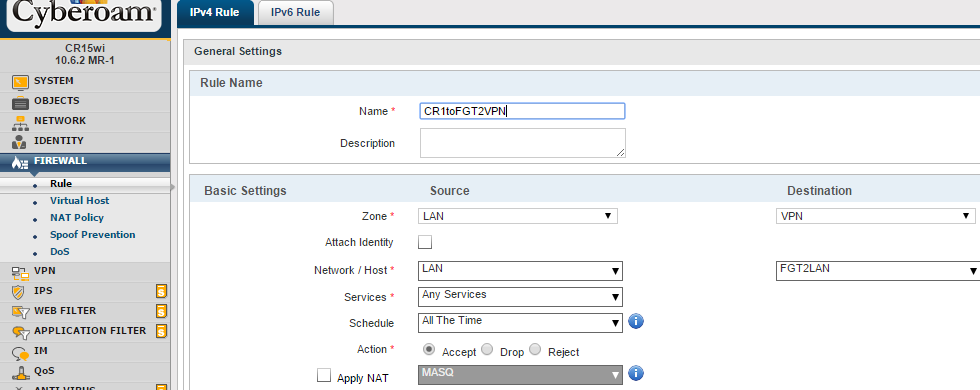

- #Ghost network boot usb iso install
- #Ghost network boot usb iso drivers
- #Ghost network boot usb iso Pc
Use MakeWinPEMedia with the /UFD option to format and install Windows PE to the USB flash drive, specifying the USB key's drive letter: MakeWinPEMedia /UFD C:\WinPE_amd64 P: See Create a multipartition USB drive for instructions.

If you want to be able to store files larger than 4GB on your Windows PE USB drive, you can create a multipartition USB drive that has an additional partition formatted as NTFS. MakeWinPEMedia will format your Windows PE drive as FAT32. You can format your USB key prior to running MakeWinPEMedia. Create a bootable Windows PE USB driveĪttach a USB drive to your technician PC. Now that you now have a set of working files, you can use MakeWinPEMedia to build bootable WinPE media.

#Ghost network boot usb iso drivers
After you add drivers or other customizations to Windows PE, see Image optimization to help reduce the boot time. Optimize Windows PE: Recommended for devices with limited RAM and storage (for example, 1GB RAM/16GB storage).See WinPE: Mount and Customize: High Performance. Note, our sample deployment scripts already set this scheme automatically. Set the power scheme to high-performance.PowerShell scripts are not included in this lab. To learn more, see WinPE: Adding Windows PowerShell support to Windows PE. (Windows PE includes generic video and network drivers, but in some cases, additional drivers are needed to show the screen or connect to the network.). To learn more, see: WinPE: mount and customize.
#Ghost network boot usb iso Pc
If you don't include these optional components, you may see an error that your PC doesn't meet the minimum hardware requirements.


 0 kommentar(er)
0 kommentar(er)
